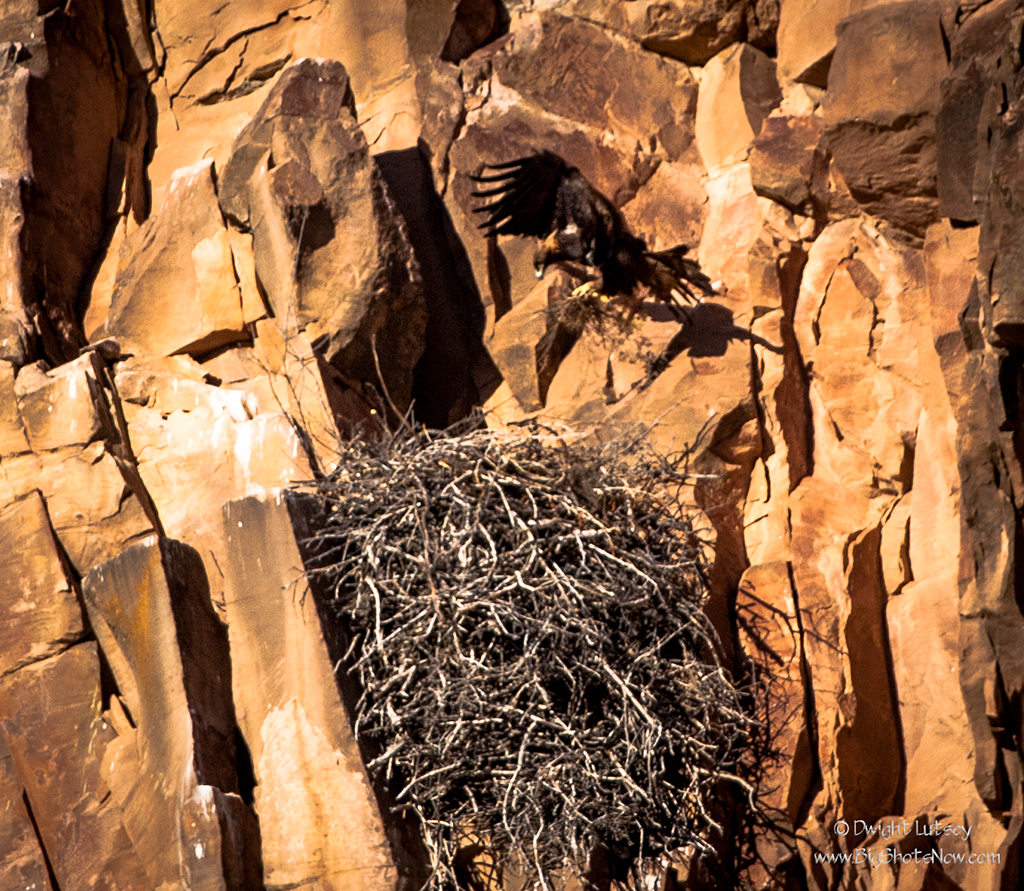
For those of you who follow the blog closely you will remember that the Eagle Observation Department (EOD) here at The Institute has been closely following developments at our Top Secret Golden eagle nesting site at Watson lake, Bellvue, Colorado, 80512. Just a few weeks ago we conducted a scientific study concerning the number of Feathers on a Golden Eagle and its importance to their quality of life. You may refresh your memory by revisiting this important study here http://www.bigshotsnow.com/2015/02/07/ .
One of the reasons we have been closely following this Golden eagle pair is that due to recent activity between the two we have been led to believe it is entirely possible that they will produce young. We’re talking Chicks, man. As this is not a triple X rated blog we will not describe all the lurid details of these eaglesque encounters but we have all the pictures just in case someone doubts our word. And just like Kim Kardashian we won’t show you all the intimate details, wait, Kim Kardashian did show us all the intimate details. Hmmmm, however we’ve already said we won’t so we mean it. NO naughty eagle bits here.
But as you well know you can’t be doing the eagle dance of love all the time and there are other things that need to be taken care of before it’s egg time. There’s the eaglet shower, and getting the nursery ready, catching a movie and maybe an eagle dance or two to get in before it’s time to lay the eggs. As each egg is about 3″ long the eagles are looking at a long incubation period of 43-45 days with the female sitting on the nest constantly until the eggs are hatched. Absolutely no eagle dancing goes on during that period for sure I can tell you. The male, who by the time the incubation period has been in effect for a week or so, gets a little grumpy and goes out and hunts stuff and brings back the unnecessarily mangled prey for his mate to eat. This goes on for about 6 weeks after the chicks are hatched and by that time you can’t even tell what it was that the male eagle killed and brought back. Eagles are pretty basic animals, live, grow feathers, love, get frustrated, kill stuff, raise chicks. That about covers eagle behavior.
But as we mentioned earlier there’s a lot of stuff to get done and one of the biggys is getting the nursery ready. Here we see some rather common eagle behavior. Featherglo, the female Golden eagle, is bringing in nesting material to line the nest with. In this case it is a sage plant she has ripped out of the ground and she will use her body weight to press the sage down into the nest cavity forming a lush soft base for her to lay her eggs on. She will be sitting on this for nearly a month and a half so it needs to be pretty comfortable.
We have given these two Golden eagles identifying names so we can tell them apart and have some sort of reference to indicate who’s who. We have already mentioned Featherglo our female eagle, and we have named the male Strongbeak the mighty of the Iron Bill clan, Rabbit killer and Talon Thruster, Highest Flyer, Sky Crusher and Rattlesnake’s bane, we call him Strongbeak for short.
Since things are really getting good here at our Top Secret Golden Eagle nesting site, what with eagles flying around doing cool stuff in the air, the frenzied eagle dancing, and nest-building and such, we plan to follow-up this story to its hopefully successful conclusion, which would be young eaglets being raised and sent forth out into the world to make their own lives and repeat the cycle. This will require long periods of time spent sitting in a lawn chair behind our long lens drinking cold drinks and eating Subway sandwiches and occasionally some lasagna we made a few days ago, waiting for something to happen and then photographing it. We are prepared to do that so that you, who can not be here in person, can follow the lives of Featherglo and Strongbeak as they undertake this most important time of their lives.
If there is any problem with this plan it is that our Top Secret Nesting Site is on government property which is controlled and managed by the Colorado Fish and Game department. Consequently they have seen fit to establish the eagle’s nest on a Cliffside across a river, approximately 600 plus yards from where we can set up our observation post where it is handy for us to put up our lawn chairs, coolers for our refreshments, stands to hold our eagle identification books for dummies, trash receptacles, restroom facilities etc. As this is just about the optical limit for our specially designed Japanese manufactured telephoto lens to hope to get useable pictures, we have petitioned the Colorado Fish and Game division to move the nest closer, perhaps to one of the cottonwood trees nearby that line the river bank. That would make life much easier for us and give the eagles a change of view. So far we have had no response to our request. In fact when trying to flag down the government vehicle that is filled to overflowing with government officials that periodically cruise by to observe us, they speed up and will even take drastic measures to avoid the nail strips we place in the road to slow them down. We are considering writing a harsh but carefully worded letter to the New York Times if we don’t get a response soon. I know they don’t want that so we hope to get word from them soon.
In the mean time, we shall be on the job, doing photography stuff, observing, analyzing data, taking short power naps, calling people to see what they’re doing, trying to figure a way to stop the government truck, telling jokes to people who walk by, singing songs of nature and trying to figure out the lyrics to any Joe Cocker song, making bets on what the next food item might be that Strongbeak brings in, and living life. That’s it, Join us if you want to, Oh that’s right, this is a Top Secret Golden eagle nesting site located at Watson lake, Bellvue, Colorado, 80512 and you won’t be able to find it. Watch for future posts then.
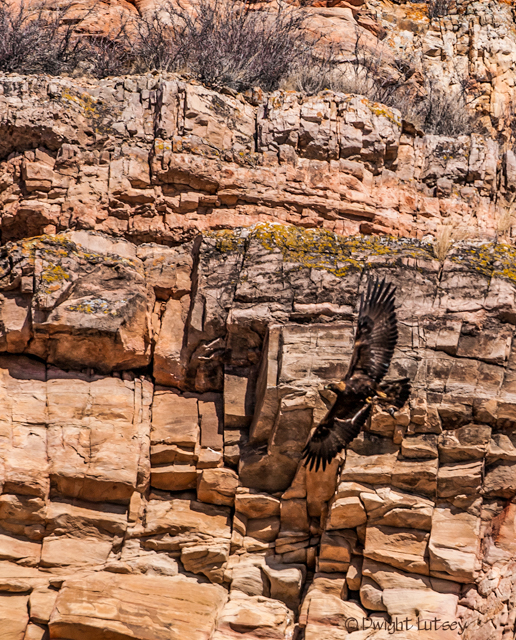


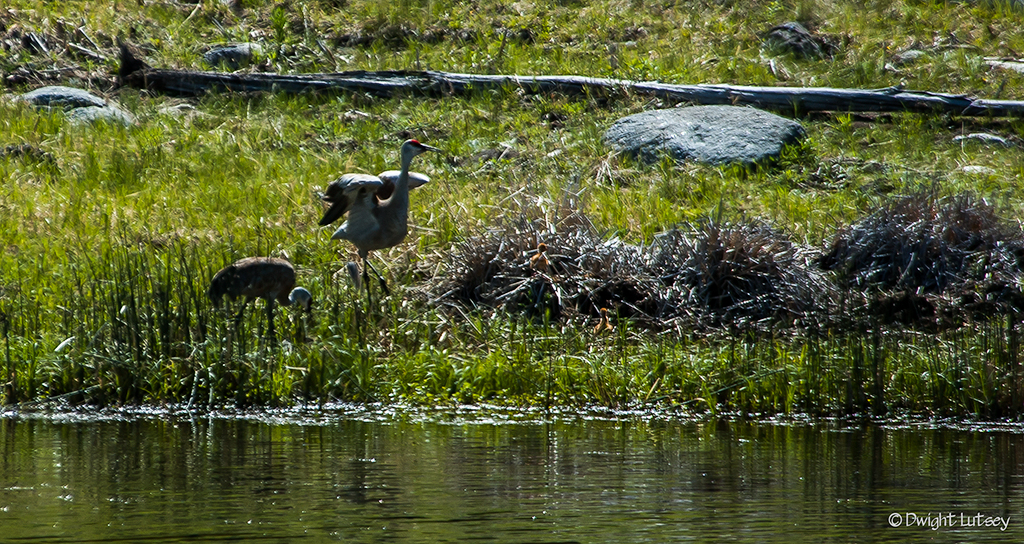
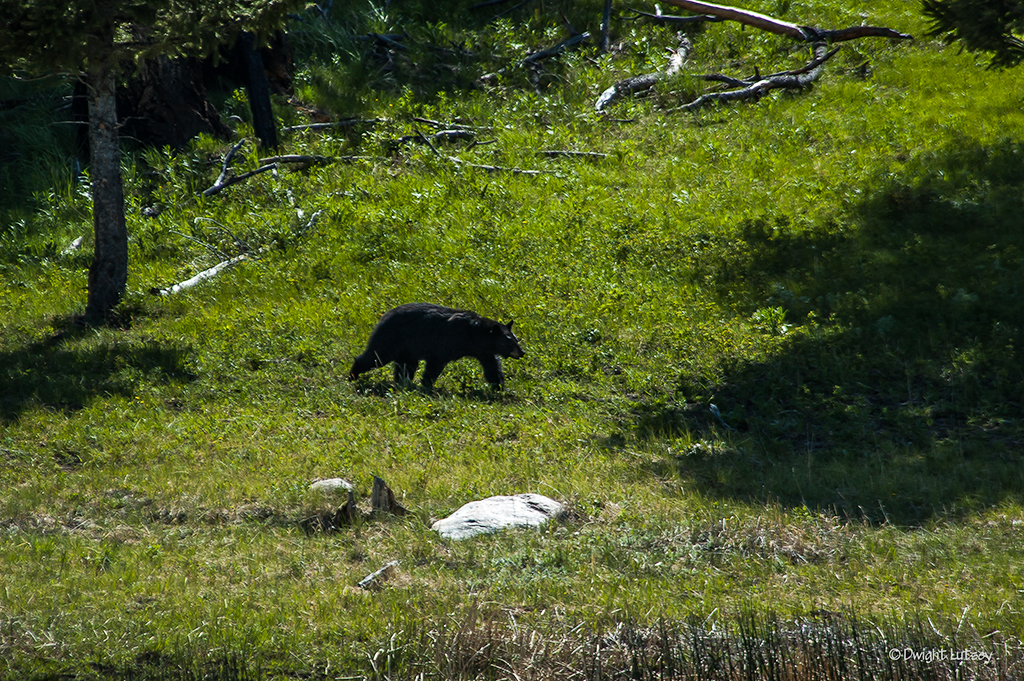
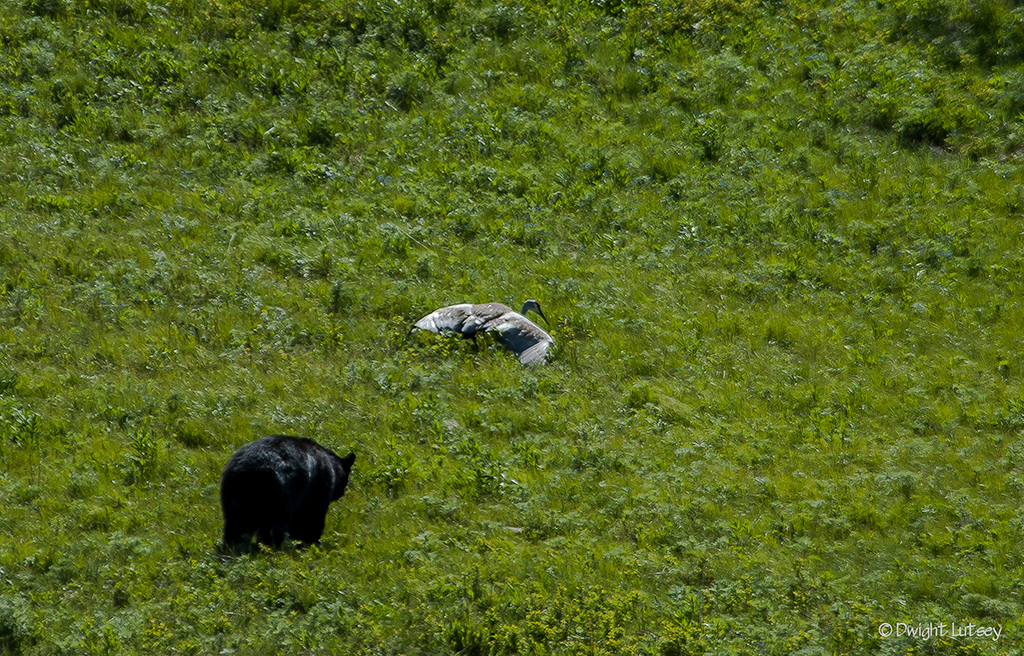
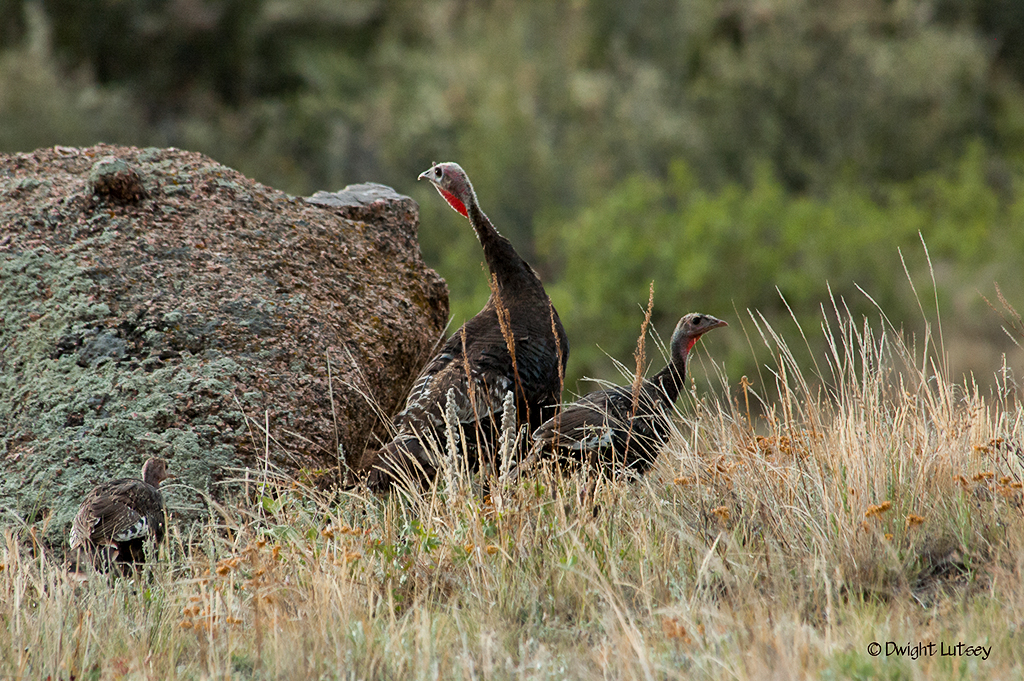
You must be logged in to post a comment.